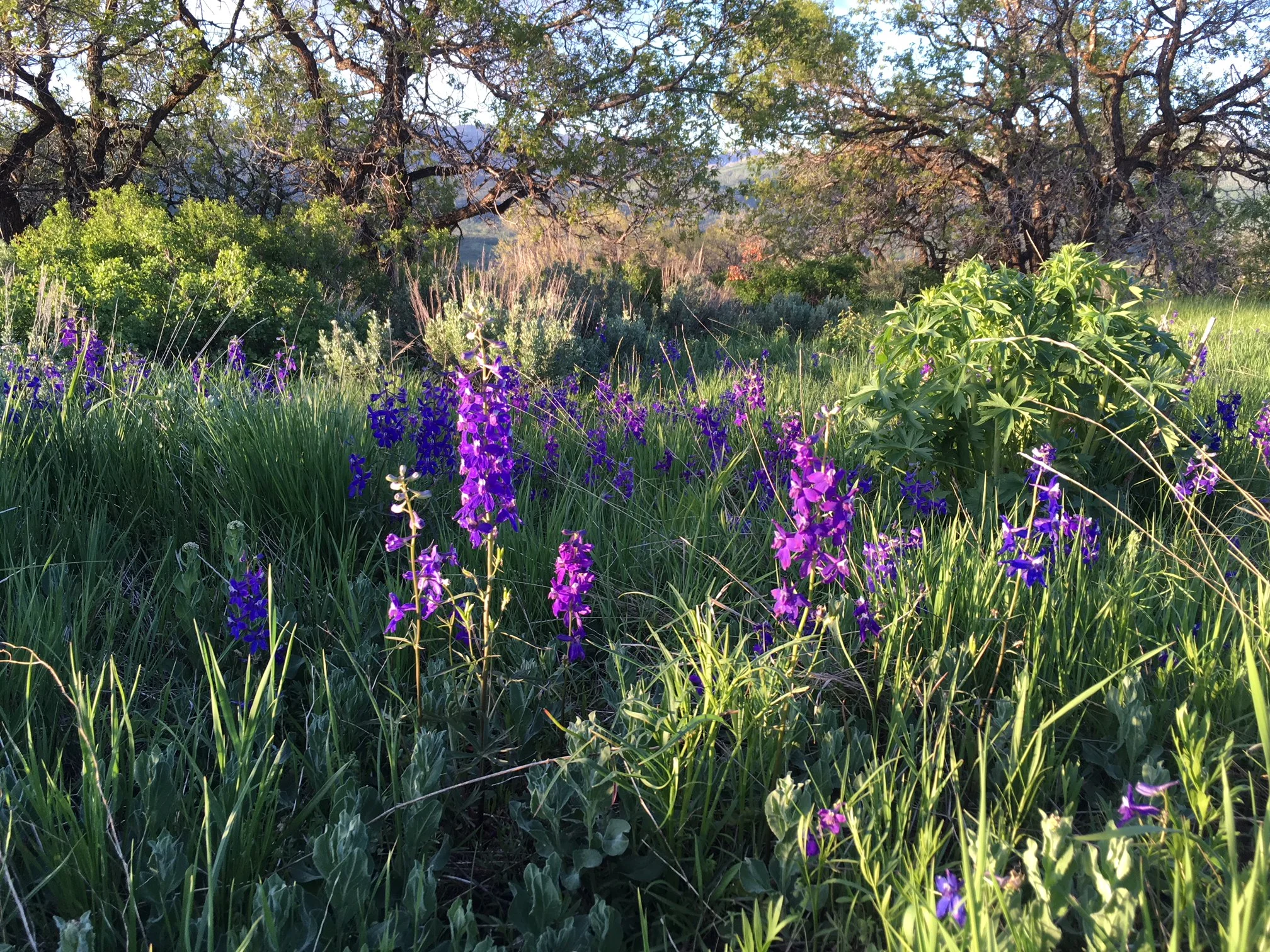Alice Eastwood was a self-taught botanist who published more than 310 science articles, authored 395 scientific names for land plants, and once risked her life to save her plant collection.
Alice Eastwood, circa 1910
Granted, these weren't just any plants - these were type specimens: an example of a species that clearly shows that species' defining features. And there were around 1,500 of them.
But still, she risked everything to save her work.
It was 1906 in San Francisco. Early in the morning on April 18, the massive earthquake struck, resulting in widespread fires that consumed hundreds of city blocks and destroyed thousands of buildings. A small group of staff and curators with the California Academy of Sciences worked to save what they could. For Eastwood, who was procurator and head of the Biology Department, that meant entering the burning building, climbing to the sixth floor on a metal railing, and saving her type specimens. The feat was possible not just because of her bravery, but because she had used an ingenious new method to store her specimens: she had segregated the type specimens from the rest of the collection.
She still lost years of work, years of effort in the fire. But afterwards, she wrote a letter in Science that said:
"My own destroyed work I do not lament, for it was a joy to me while I did it, and I can still have the same joy in starting it again."
I can't help but think that her perspective applies, in a small way, to writing. We can spend hours crafting and cutting and writing and revising a piece that never makes it past our own computer screen. It may not be destroyed by a fire, but it's abandoned to languish in a series of 1s and 0s, or possibly in a stack of papers stuffed into a closet.
And yet, if we have Eastwood's perspective - that though a piece may be lost, it gave us joy while we did it - well, that changes everything.
It's especially motivating for me as I consider the six books I've written over the past eight years, all of which may never see the light of day. Joy in the process, joy in creating - there's value in that alone.
And by the way, after that fire, Eastwood kept collecting. By 1942, her collection hit more than 300,000 samples... three times the number of specimens that had been lost.
Alice Eastwood may have seen views like this as she led Arthur Russel Wallace up Grays Peak.



